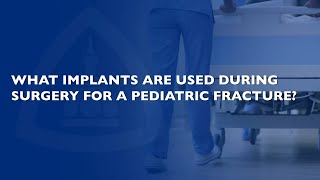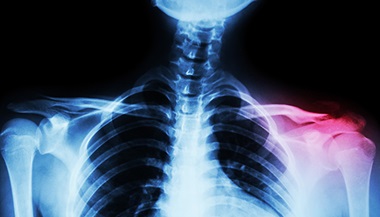Fractures in Children
What are fractures?
A fracture is a break, usually in a bone. If the broken bone punctures the skin, it is called an open or compound fracture. Fractures commonly happen because of car accidents, falls or sports injuries. In children, most fractures occur in the wrist, the forearm and above the elbow.
Symptoms
- Out-of-place or misshapen limb or joint
- Swelling, bruising or bleeding
- Intense pain
- Numbness and tingling
- Limited mobility or inability to move a limb
Pediatric Bone Fractures Q&A |R. Jay Lee, M.D.
Our pediatric orthopaedic surgeon, R. Jay Lee, M.D., answers some common questions about pediatric bone fractures.
Diagnosis
The physician will order an X-ray to confirm the fracture and determine what type it is.
Treatment
The doctor might decide that a splint is all that's needed to keep the bone from moving so it can heal, but most broken bones will need a cast. Some pain is expected for the first few days after getting a cast, and the physician may recommend acetaminophen or ibuprofen. You need to get medical care right away for any fracture. You may need to wear a cast or splint. Sometimes you need surgery to put in plates, pins or screws to keep the bone in place.
What is used in a Pediatric Bone Fracture Surgery?
Our pediatric orthopaedic surgeon, R. Jay Lee, M.D., shows the different implants that can be used in pediatric bone fracture surgery.
Prognosis
Fractures heal at different rates, depending on the age of the child and the type of fracture. For example, young children may heal in as few as three weeks, while it may take six weeks for the same kind of fracture to heal in teens.
Prevention
Fractures are common in childhood, though some kids are more prone than others. Be sure your child is getting enough calcium and exercise to strengthen bones. Weight-bearing exercises, such as jumping rope, jogging and walking can also help develop and maintain strong bones.








.png?h=170&iar=0&mh=260&mw=380&w=200&hash=A5411087D582A22AA77E2C122660E28D)